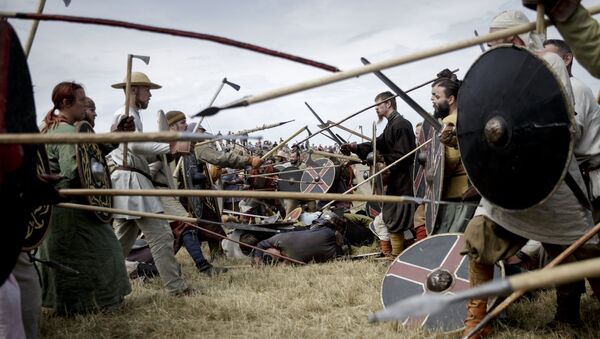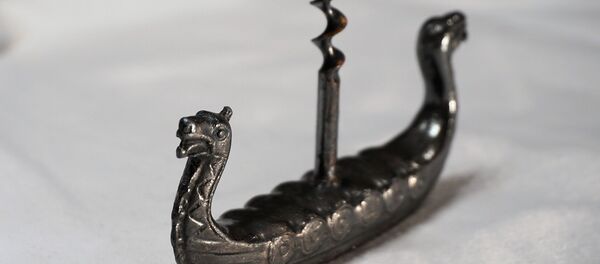A massive, perfectly circular tenth-century fortress was recently identified at Borgring, south of Copenhagen in Denmark. According to the authors of a new study published in the Antiquity journal, this fortress complements a varied group of fortification structures in late Viking Age Denmark, part of a military network close to contemporaneous European ideas of military kingship and defense.
Viking Civilization
The first fortresses of this type were discovered in Denmark in the 1930s. They are military forts with a diameter of approximately 130-200 meters, surrounded by a ditch and fenced off from the outside world by a rampart and a wooden palisade fence.
In total, archaeologists discovered five ring fortresses in different regions of Denmark and southern Sweden. The reason why the Vikings built these forts still remains a subject of debate among scientists, since the exact date of their construction is not yet known.
The strategic location of the fortresses supposedly built by King Harald Bluetooth (958 — 986), the first Christian ruler of Denmark and Norway, has worried Sindbaek for some time. According to the scientist, some of the fortifications were simply missing in those "obvious" places where they were supposed to be.
Wiped Traces of History
As a result, Sindbaek and his colleagues discovered traces of the existence of another similar fortress on Denmark's island Zealand in 2014. The Borgring fortress significantly differed from all the other circular castles of Harald Bluetooth, which is why the team spent almost three years on a full study to discover them.
In the fortress, scientists found carpentry instruments and other tools, used by the Vikings for patching holes in the rampart and the fence. The fortress was inhabited through several generations, unlike the rest of the fortifications, which were abandoned by the Vikings in one or two decades after the construction. According to scientists, this indicates the unusually important status of this castle. In addition, the fortress was partly burned in the course of the military conflict.
If this theory is correct, there should be traces of four more similar castles hidden in Denmark. Scientists hope that further study of radar images will help them to find these fortifications and understand what role they played in the political life of Denmark more than a thousand years ago.






